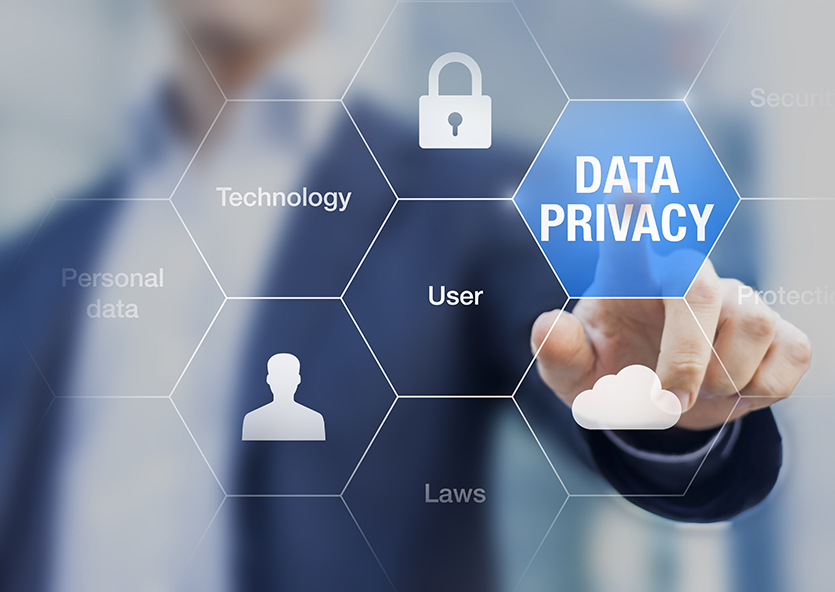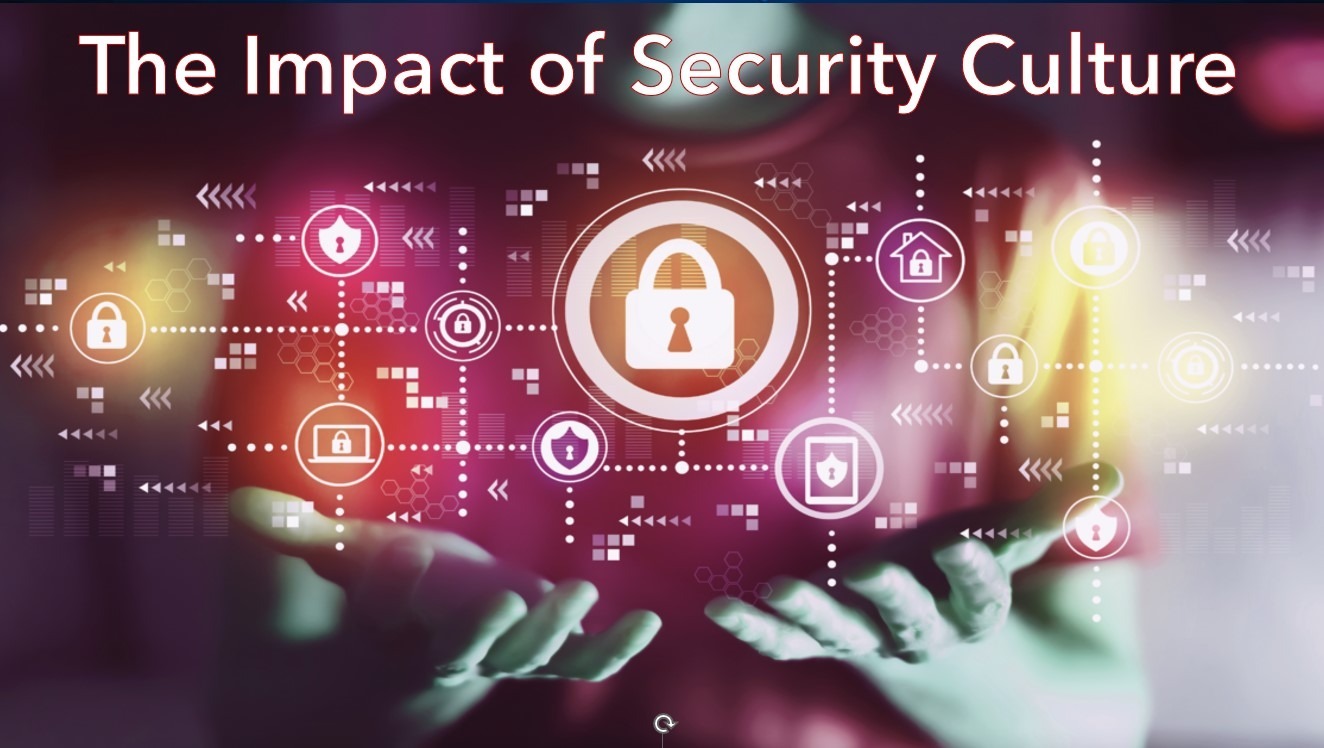In SMEs, there are limited resources that are always competing for allocation with varying revenue-generating components such as manufacturing and marketing.
Cybersecurity risk is a business risk and should be allocated funding however the quantum of the allocation does not always meet the required level therefore a rationalization of the resources needs to be accommodated.
This is where an RC₂ methodology would be applied for practical application to mitigate cybersecurity risk in SMEs. SMEs do not typically have the luxury of implementing NIST CSF or ISO 27001 frameworks but RC²™can help.
RISK
SMEs need to assess the level of cybersecurity business risk to the organization. This involves a critical look at the business to:
❶ Identify Assets – inventory, and classification of assessment
❷ Identify Threats – external, internal threats, and natural disasters
❸ Identify Vulnerabilities – technical, human and physical
❹ Assess Impact – data breach, email compromise, and operational impact, consumer trust
❺ Evaluate Likelihood – past events, current threat landscape and vulnerability assessment
❻ Risk Analysis – risk matrix to categorize risks as high, medium, or low
❼ Monitor & Review – continuous monitoring, audits, and incident response strategy
This can be daunting for an SME to accomplish using self-assessment, this is best accomplished using the assistance of a third-party consultant, cybersecurity managed service providers (MSPs) which may include AI augmented services / components or accounting firm that has cybersecurity assessment capabilities.
CONTROLS
After the Risk Assessment then determine what controls will be used as mitigation strategies. This would be and may not all be needed:
❶ Technical Controls- Implement firewalls, antivirus software, intrusion detection systems, encryption, and regular updates/patches.
❷ Administrative Controls- Develop and enforce security policies, conduct regular training, and establish incident response plans.
❸ Physical Controls- Enhance physical security measures like secure access, surveillance, and secure storage.
Implementation of controls can be accomplished in a phased approach over time and allow for proper allocation of funding to ensure successful deployment and management of the controls. There is room for cybersecurity MSPs to play a role in the phased approached operationally and financially.
CULTURE
“Culture eats strategy for breakfast” is somewhat attributed to Peter Drucker although the actual quote is “culture—no matter how defined—is singularly persistent.”.
Your cybersecurity culture is no different, it must be aligned with the business goals and have the clear and visible support of the Leadership Team with appropriate resources and commitment to:
❶ Promote Security-First Mindset – integrate security into business processes as part of the culture
❷ Education and Training- continuous training, phishing simulations, and tailored content
❸ Employee Engagement- open communication and cybersecurity champions
❹ Reward and Recognize- recognition programs and incentives
❺ Stay informed and Adaptive- threat intelligence and willingness to adapt cybersecurity strategies


